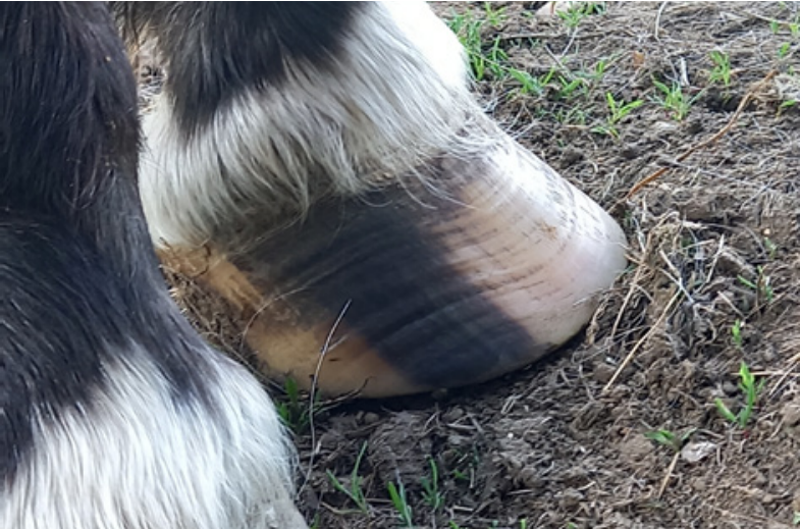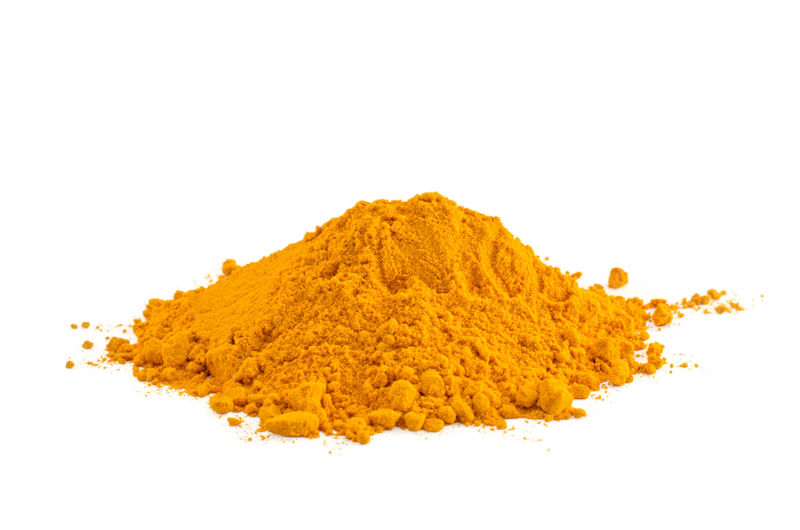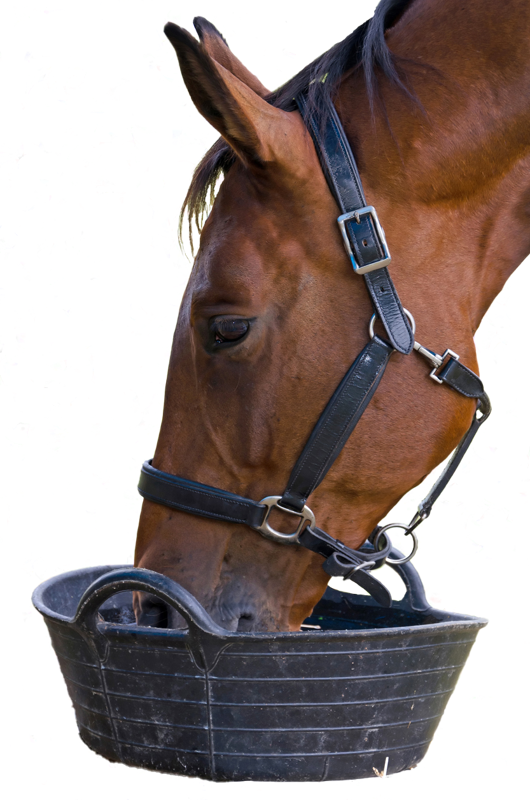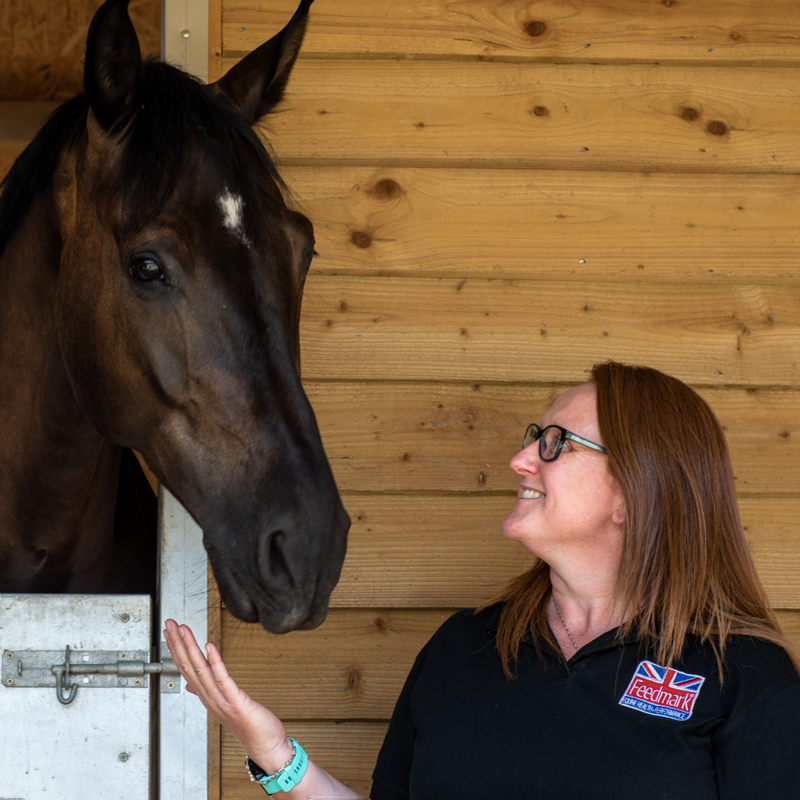Tania Sundra & David Rendle discuss equine gastric ulcer syndrome (EGUS) and the growing appreciation of the difference between squamous gastric & glandular gastric disease.
Anouk Frieling discusses atypical myopothy (AM) and the effects if has on the horses muscles.
Dr. Stephanie Wood, Lily Carson and Sue Carson of Sue Carson Saddles, investigate the seasonal fluctuations in equine body weight and the factors influencing saddle fit...
In the final part of our feed better for less™ series, Dr. Stephanie Wood looks at how to supplement our horses in the most cost-effective way...
Rebecca Allan, Feedmark’s Assistant Nutritionist, explores the different toxins that can be found in plants commonly found in grazing or forage, and discusses the consequences of their consumption on the horse’s health.
In the third part of our series on how to feed better for less™, Dr. Stephanie Wood considers forage diets for performance horses and how best to supply additional sources of energy and nutrients
Anouk Frieling, Feedmark’s Senior Nutritionist, outlines the different energy pathways and dietary options for supporting optimum performance and it's relevance to horses with greater exercise demands.
The liver is the largest organ in the body of the horse. It is in charge of metabolising carbohydrates, proteins, and fat and can also excrete numerous toxic compounds. Eduardo Alguacil, MRCVS provides an update on the causes, symptoms and treatment options for equine liver disease.
Laminitis is now considered to be a syndrome associated with systemic disease (sepsis or endocrine disease) or altered weight bearing rather than being a disease itself. Nicola Menzies-Gow takes an in-depth look into laminitis...
Turmeric is an equine supplement that is commonly used due to its supportive functions in the body. Senior Nutritionist, Anouk Frieling MSc Equine Sciences, BSc (Hons), investigates the composition, bioavailability and health benefits of turmeric as an equine supplement.
In the second part of our series on how to feed better for less™, Dr. Wood explains how to balance your horse's diet in the most cost effective way.
As the cost of living increases, Dr. Stephanie Wood looks at how we can feed our horses better for less, starting with helping him to get the most out of his feeding plan.

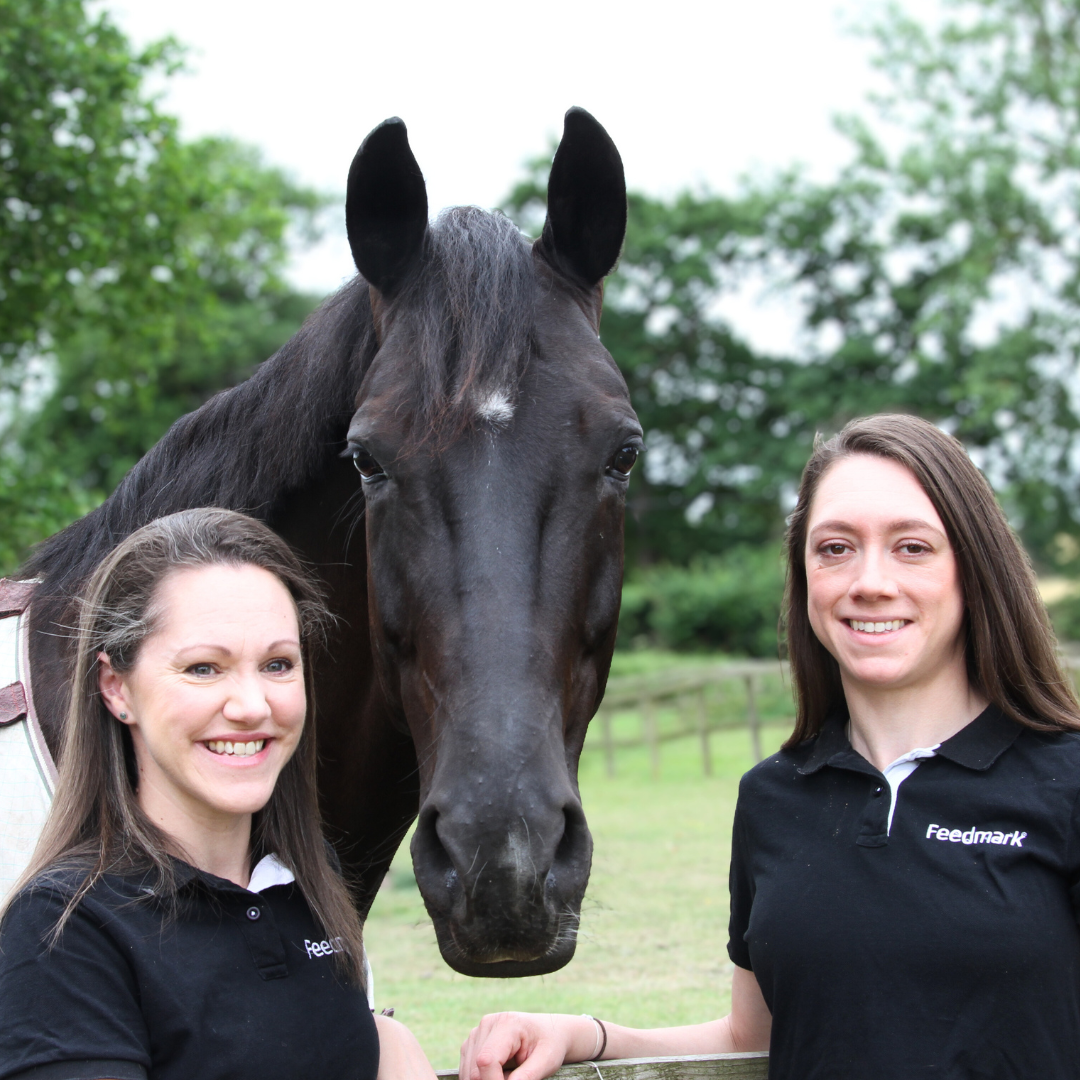
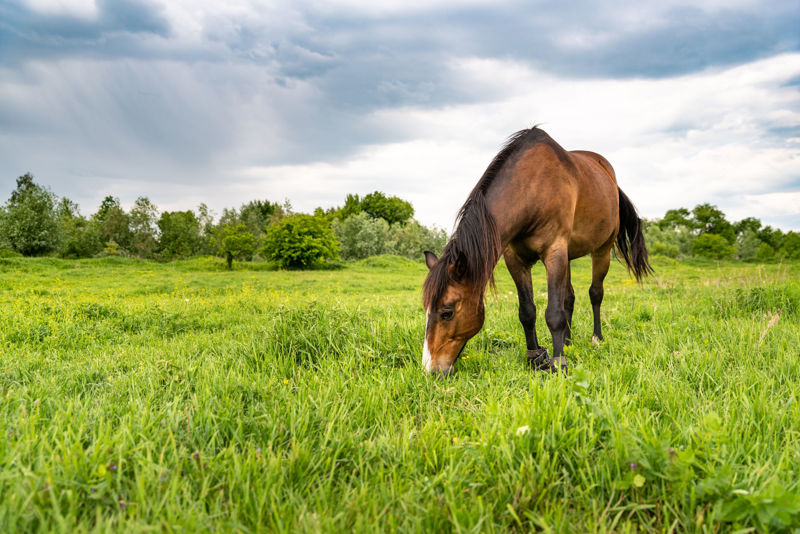
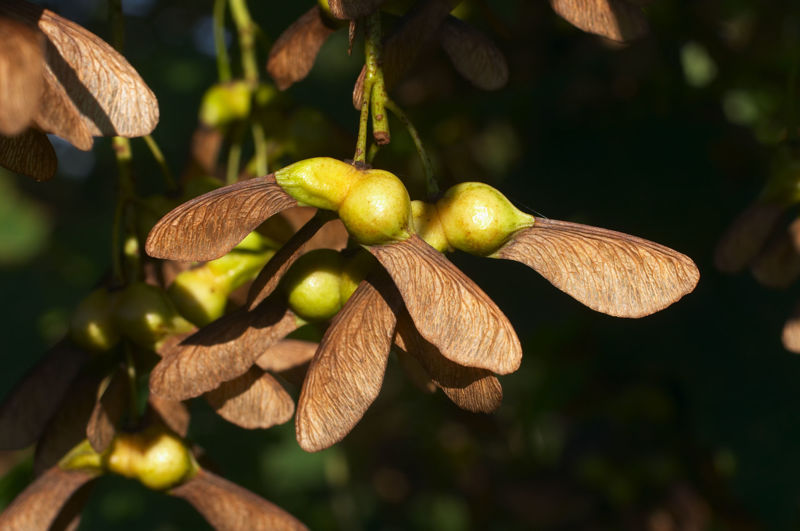


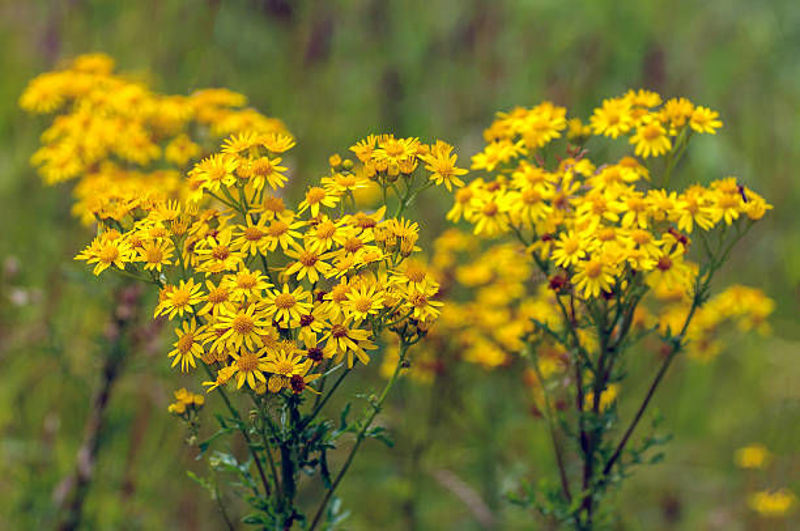


_800.jpeg)
